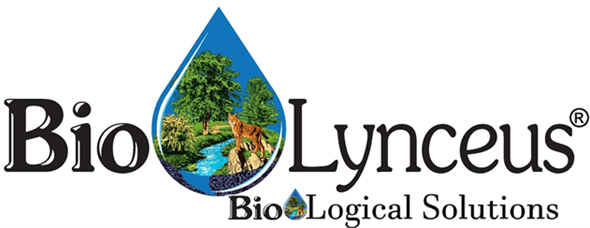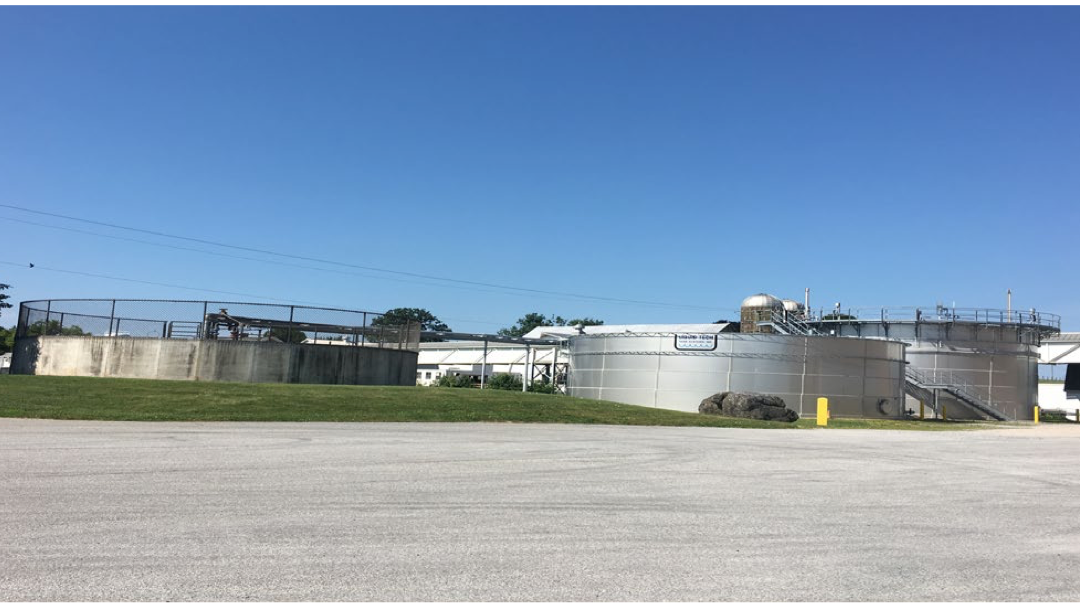
by Juls Clemente | Mar 25, 2020 | Case Studies, Toxicity Mitigation
Industrial WWTP .05 MGD Managing toxic loadings at industrial wastewater treatment facilities can be challenging. Influent from food processing industries can introduce harmful cleaning products. The book Wastewater Bacteria, by Michael Gerardi, explains cleaning...
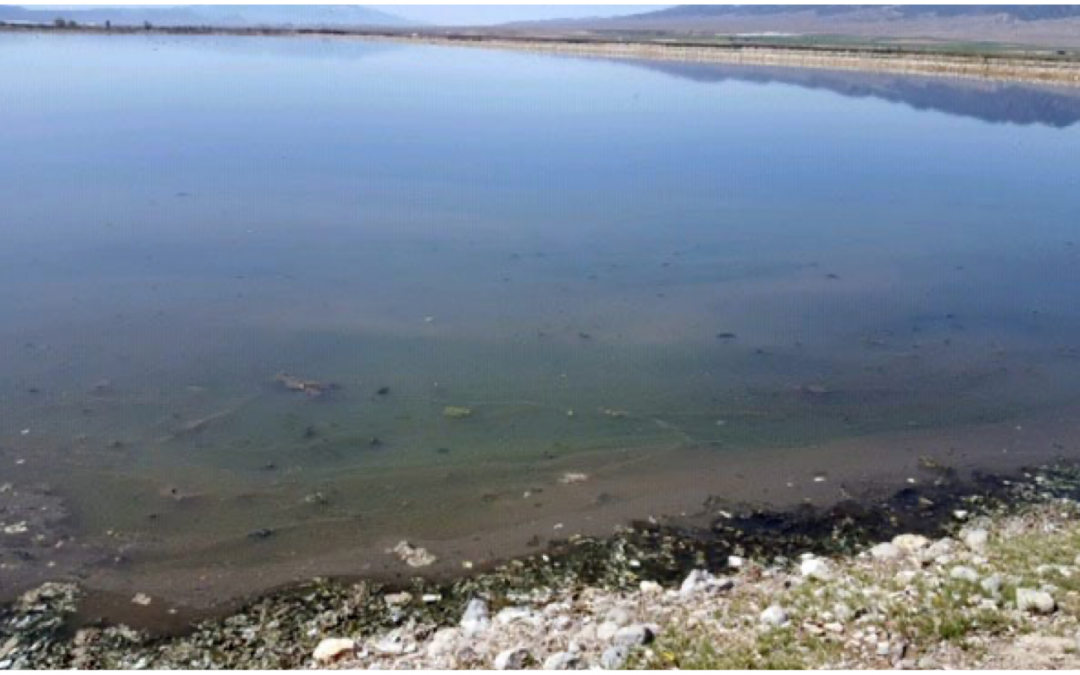
by Juls Clemente | Mar 25, 2020 | Case Studies, Toxicity Mitigation
0.4 MGD Wastewater Lagoon System Municipal wastewater lagoon systems are susceptible to toxic waste poisoning. Toxic loads from residences and businesses are sporadic and difficult to mitigate. When toxicity levels are high in wastewater lagoons, the biological...
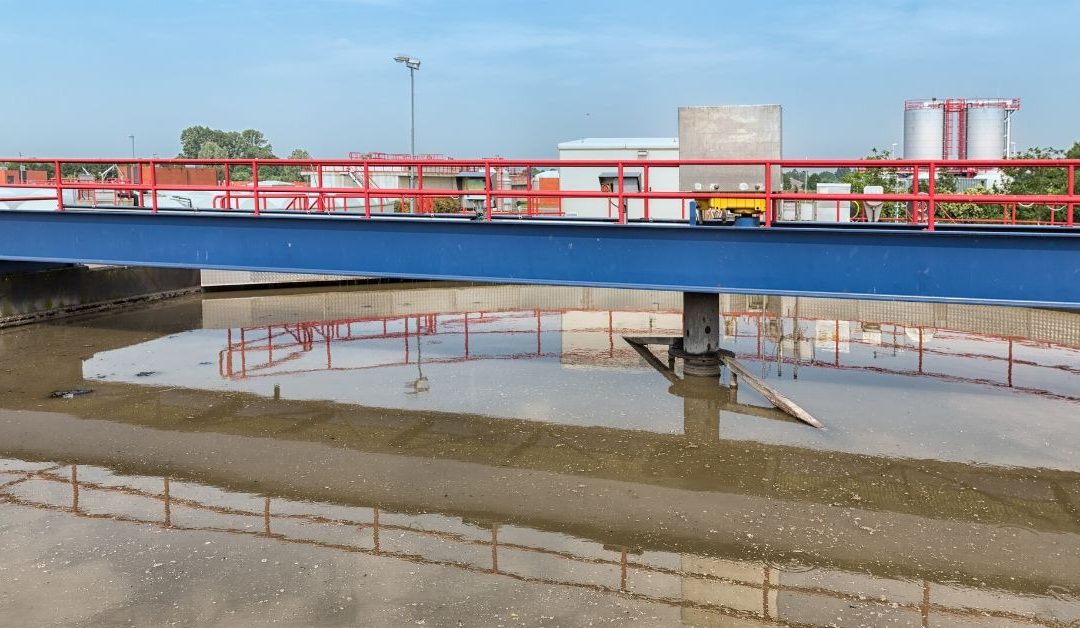
by Juls Clemente | Mar 25, 2020 | Case Studies, Plant Startup
Mechanical WWTP 8.9 MGD Halfway through a sugar beet processing campaign (September through May) a Midwest refinery noticed something was wrong with their wastewater processing system. The plant discharge was within limits for their NPDES permit parameters, but the...
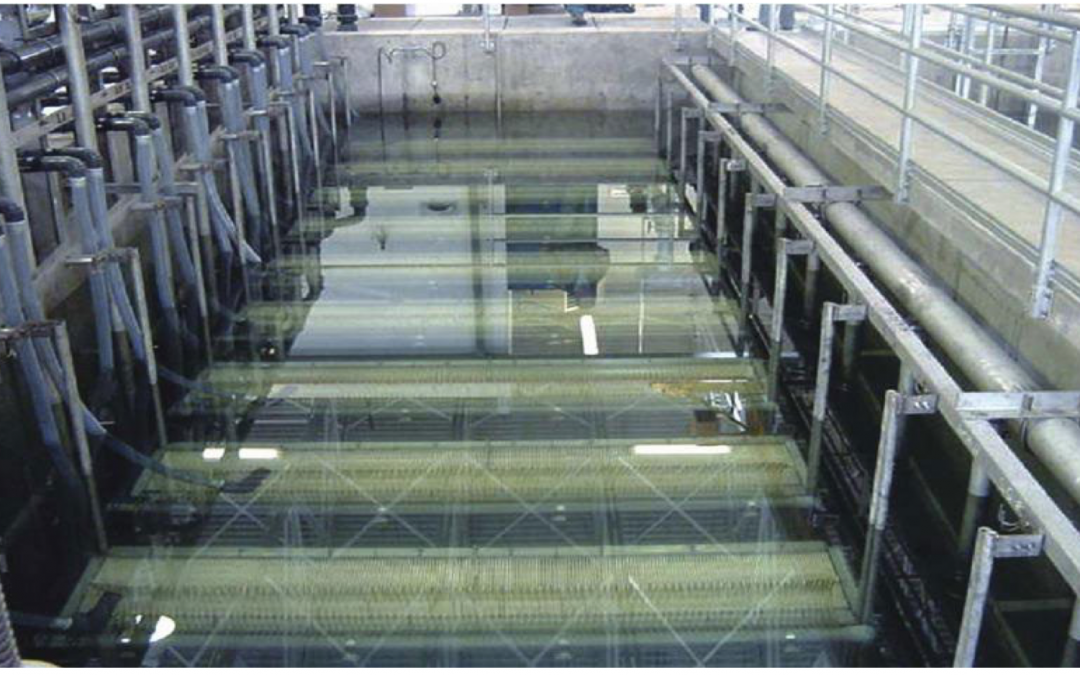
by Juls Clemente | Mar 25, 2020 | Case Studies, Plant Startup
Mechanical WWTP .06 MGD National parks attract millions of visitors each year. Increasing seasonal traffic experienced by these establishments can overload the wastewater treatment infrastructure leading to treatment inefficiency and, eventually, structural...
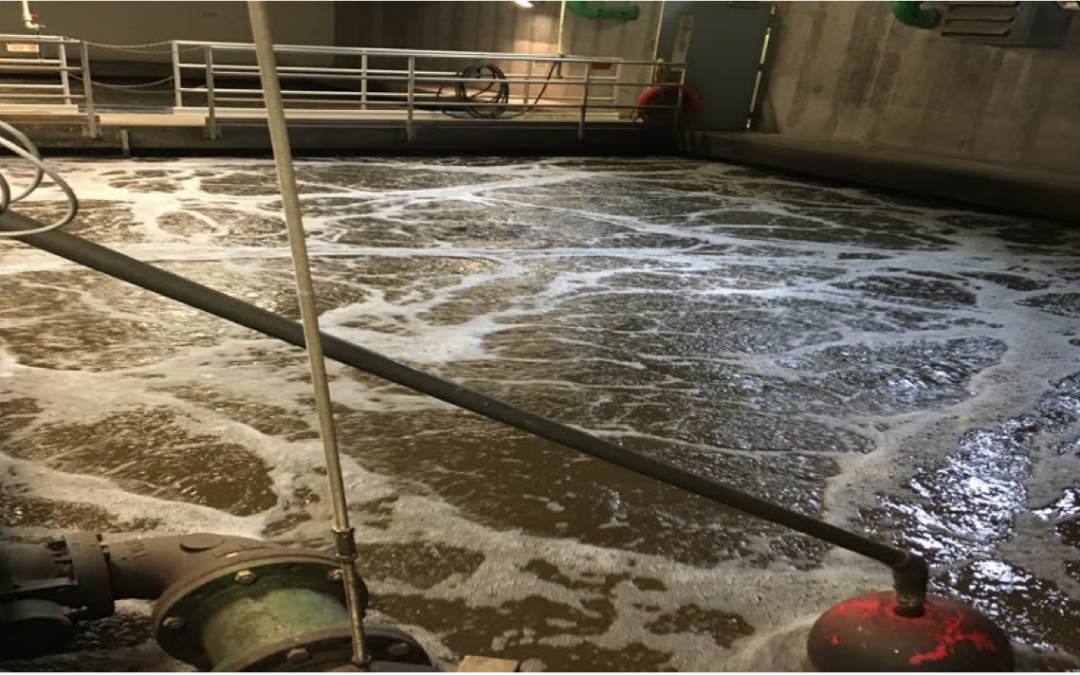
by Juls Clemente | Mar 25, 2020 | Case Studies, Plant Startup
Mechanical WWTP .7 MGD Choosing an appropriate seeding method for wastewater operations can have a significant impact on biological treatment efficiency. Activated sludge is traditionally used to seed new treatment systems and supplement others that need...
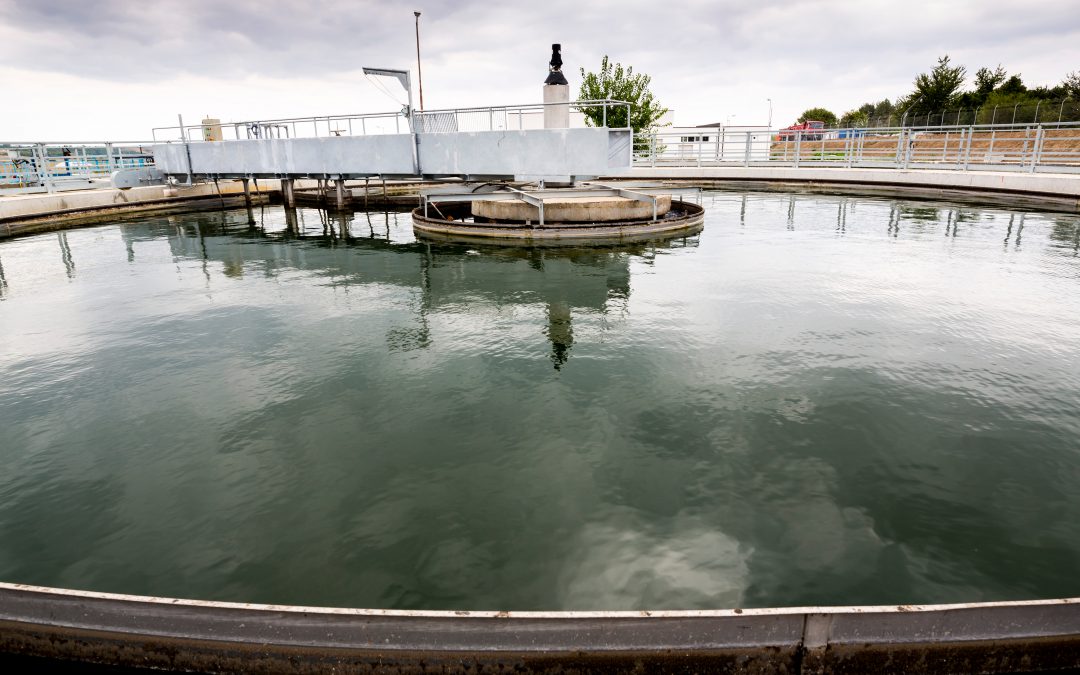
by Juls Clemente | Mar 25, 2020 | Case Studies, Plant Startup
Mechanical WWTP 1 MGD Establishing a functional biological community for wastewater treatment is essential when starting a new plant. Monitoring the growing biology during a startup provides the insight plant staff need to adjust operations to achieve a high treatment...







